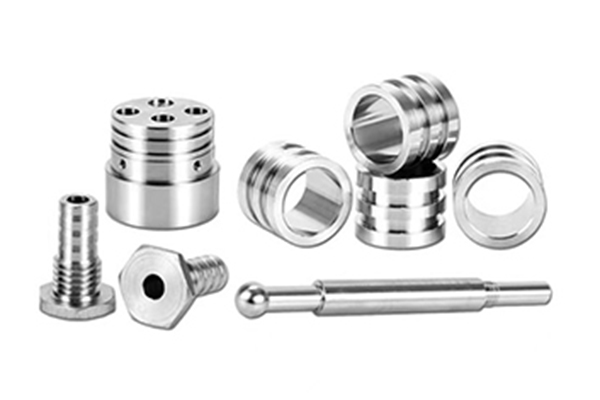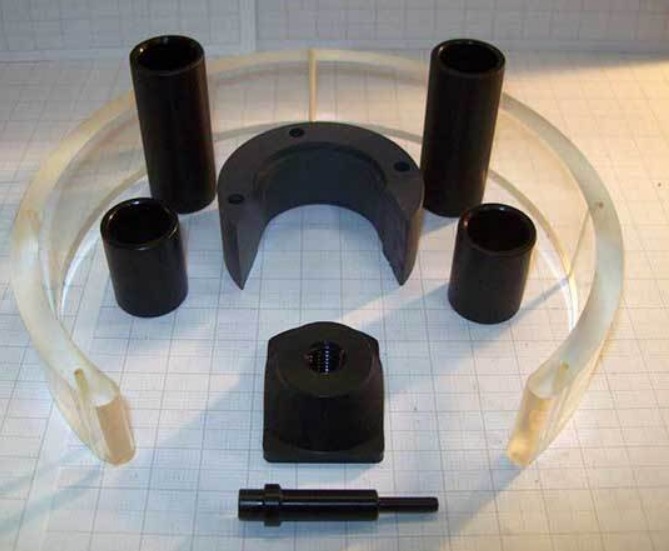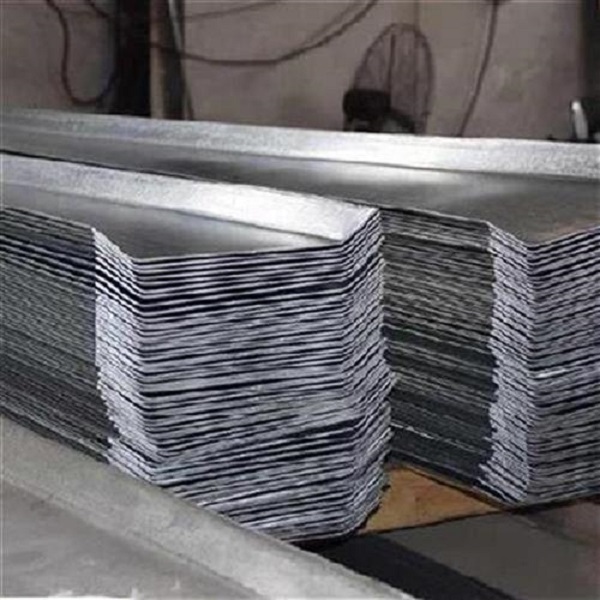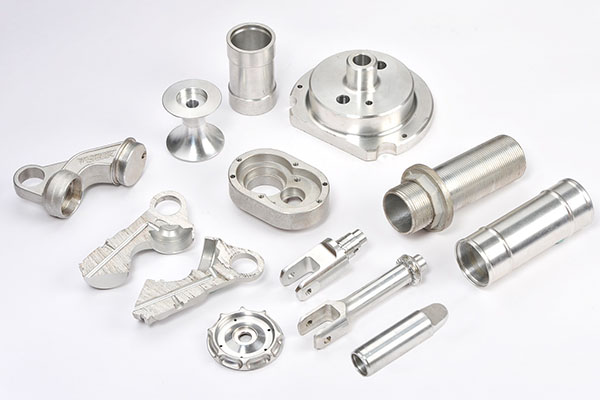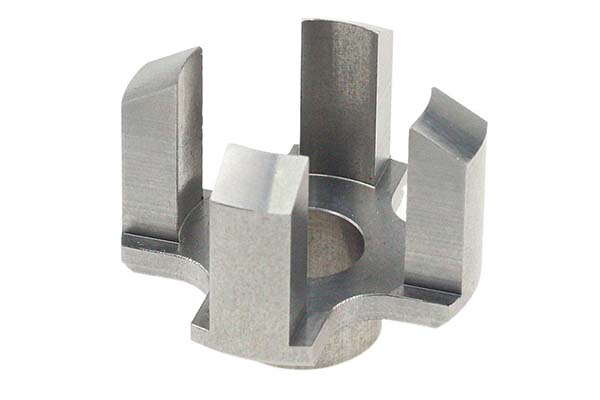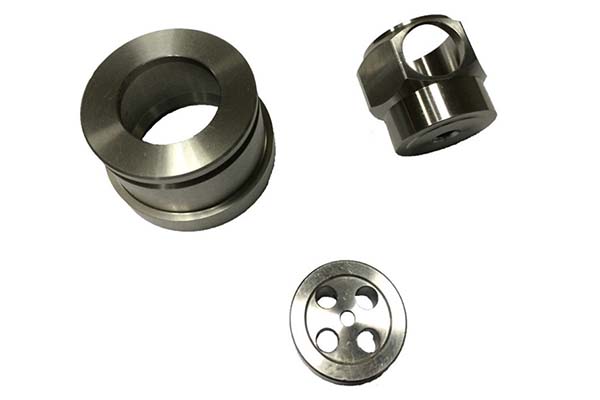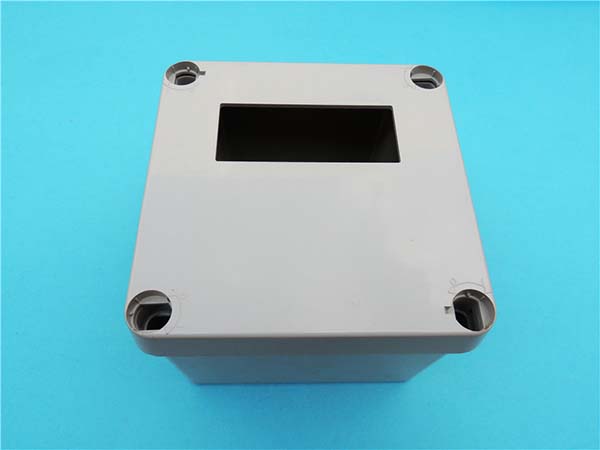Introduction to Rapid Prototype Casting
Rapid prototype casting is a groundbreaking manufacturing method that allows the fast and precise production of functional prototypes. This process combines the best of rapid prototyping and traditional casting techniques to create models or parts that can be used for testing, design validation, or even as prototypes for mass production. The main advantage of this method is its speed—traditional prototyping processes can take weeks or months, while rapid prototype casting accelerates this timeline significantly. It typically uses digital design files and various technologies like 3D printing, investment casting, and CNC machining to bring prototypes to life. This innovation is especially beneficial for industries requiring rapid iterations and quick market adaptation.
In this article, we'll explore the mechanics of rapid prototype casting, its advantages, the technologies involved, its industrial applications, and its step-by-step process flow.
Definition and Overview
What is Rapid Prototype Casting?
Rapid prototype casting is an advanced manufacturing technique that merges rapid prototyping technologies with traditional casting methods. Using a digital design file created via computer-aided design (CAD) software, the prototype is then translated into a physical object. This can be achieved through 3D printing, investment casting, or CNC machining, making this process faster and more flexible compared to traditional casting.
Key Features of Rapid Prototype Casting
- Speed: Rapid prototype casting can produce prototypes in days or hours, significantly faster than traditional methods that often require weeks.
- Accuracy: The use of advanced technologies ensures that prototypes are highly accurate, replicating the digital designs with precision.
- Material Versatility: The process supports a variety of materials, such as metals, plastics, and composites, which can be selected based on the prototype's specific needs.
- Cost-Effectiveness: Although initial setup costs may be high, rapid prototype casting reduces long-term costs through quick modifications and reduced tooling requirements.
- Functionality: The prototypes produced are not just for visual inspection but are often functional, allowing them to be tested in real-world conditions.
Advantages Over Traditional Prototyping
Speed and Efficiency
A primary advantage of rapid prototype casting over traditional methods is its speed. Traditional methods, such as mold-making and casting, are often labor-intensive and time-consuming, involving multiple stages of production. With rapid prototype casting, a functional prototype can be created in a fraction of the time, enabling rapid design iterations and faster time-to-market.
Cost Reduction
Although the upfront investment in rapid prototype casting technology may be higher, the savings are substantial in the long run. Traditional prototyping often involves multiple rounds of tooling, labor, and material costs, which can quickly add up. Rapid prototype casting reduces these costs by enabling quicker revisions and eliminating the need for expensive molds and tooling.
Design Flexibility
This method provides designers with unparalleled freedom to explore complex geometries and intricate details. Unlike traditional casting methods, which can be limited by the capabilities of molds and tooling, rapid prototype casting allows for the creation of highly detailed and innovative designs.
Quality and Precision
Technologies like 3D printing, CNC machining, and investment casting ensure that prototypes are made with high precision and minimal errors. This level of accuracy is particularly valuable for industries where even slight deviations from the design specifications can result in performance issues, such as in aerospace or medical device manufacturing.
Iterative Testing
With rapid prototype casting, designers can quickly produce multiple versions of a prototype, allowing for extensive testing and adjustments. This iterative process helps identify design flaws early in the development cycle, reducing the risk of costly production errors.
Technologies Involved
3D Printing
3D printing is one of the most popular technologies used in rapid prototype casting. It involves creating three-dimensional objects layer by layer from a digital file. Materials like plastics, metals, and composites can be used, making this technology versatile for a variety of industries.
Types of 3D Printing
- Fused Deposition Modeling (FDM): FDM extrudes thermoplastic filament through a heated nozzle, which then solidifies to form the part. This method is affordable and widely used for prototyping.
- Stereolithography (SLA): SLA uses a laser to cure liquid resin into solid layers. Known for its high precision and smooth surface finish, SLA is ideal for parts requiring fine details.
- Selective Laser Sintering (SLS): SLS uses a laser to fuse powdered material, such as nylon or polycarbonate, into a solid structure. This method is ideal for durable, functional prototypes.
- Metal 3D Printing: Methods like Direct Metal Laser Sintering (DMLS) and Selective Laser Melting (SLM) use metal powders to create strong, durable metal parts suitable for high-performance applications.
Investment Casting
Investment casting, also known as lost-wax casting, is used in rapid prototype casting for creating metal prototypes. This process involves creating a wax model of the part, coating it with a ceramic shell, and then melting the wax to leave a cavity into which molten metal is poured.
Steps in Investment Casting
- Wax Pattern Creation: The desired part is sculpted or printed in wax.
- Shell Formation: The wax model is coated with ceramic slurry and stucco to form a solid shell.
- Wax Removal: The shell is heated to melt and remove the wax, leaving a hollow cavity.
- Metal Pouring: Molten metal is poured into the cavity, taking the shape of the original wax pattern.
- Finishing: After the metal cools, the ceramic shell is removed, and the prototype is finished and cleaned.
CNC Machining
CNC machining is a subtractive process where material is removed from a solid block using a computer-controlled machine. It offers high precision and is commonly used for creating metal, plastic, or composite prototypes with intricate details.
Advantages of CNC Machining
- Precision: CNC machining can achieve high tolerances and accuracy.
- Versatility: It works with a wide range of materials, including metals, plastics, and composites.
- Speed: Once set up, CNC machines can quickly produce prototypes with consistent quality.
- Quality: The finished parts typically require minimal post-processing and are of high quality.
Applications of Rapid Prototype Casting
Industrial Design
Rapid prototype casting is crucial in industrial design, especially during the early stages of product development. It enables designers to test and visualize their ideas quickly, facilitating faster design iterations and more efficient decision-making.
Aerospace and Automotive Industries
Both aerospace and automotive industries require highly precise and durable prototypes. Rapid prototype casting is used to create functional parts that undergo real-world testing for performance, durability, and safety. These industries benefit from reduced prototyping time and cost, leading to faster product development cycles.
Medical Device Development
In the medical field, rapid prototype casting is used to create custom prosthetics, implants, and surgical tools. The ability to produce accurate and functional prototypes allows for extensive testing and patient-specific customization, improving patient care and reducing time to market for medical devices.
Process Flow
Design and Modeling
The process begins with creating a detailed 3D model using CAD software. Designers optimize the design for functionality and manufacturability while exploring different materials and shapes.
Material Selection
Based on the design and intended use, the appropriate materials are selected. Materials like metals, plastics, and composites are commonly used, each chosen for its properties such as strength, flexibility, or weight.
Casting and Post-Processing
The casting process varies based on the chosen technology (e.g., 3D printing, investment casting, CNC machining). After casting, the prototype undergoes post-processing steps like cleaning, polishing, or heat treatment to improve its properties and appearance.
Final Inspection and Testing
The final step involves inspecting and testing the prototype. Dimensional checks, visual inspections, and functional tests ensure the part meets all specifications and performs as expected.
Conclusion
Rapid prototype casting has revolutionized the way products are designed and tested. By combining advanced technologies like 3D printing, investment casting, and CNC machining, manufacturers can produce functional prototypes quickly and accurately. This process offers significant advantages over traditional methods, including speed, cost-effectiveness, design flexibility, and high precision. As technology continues to advance, rapid prototype casting will play an even greater role in driving innovation and accelerating product development across industries.
